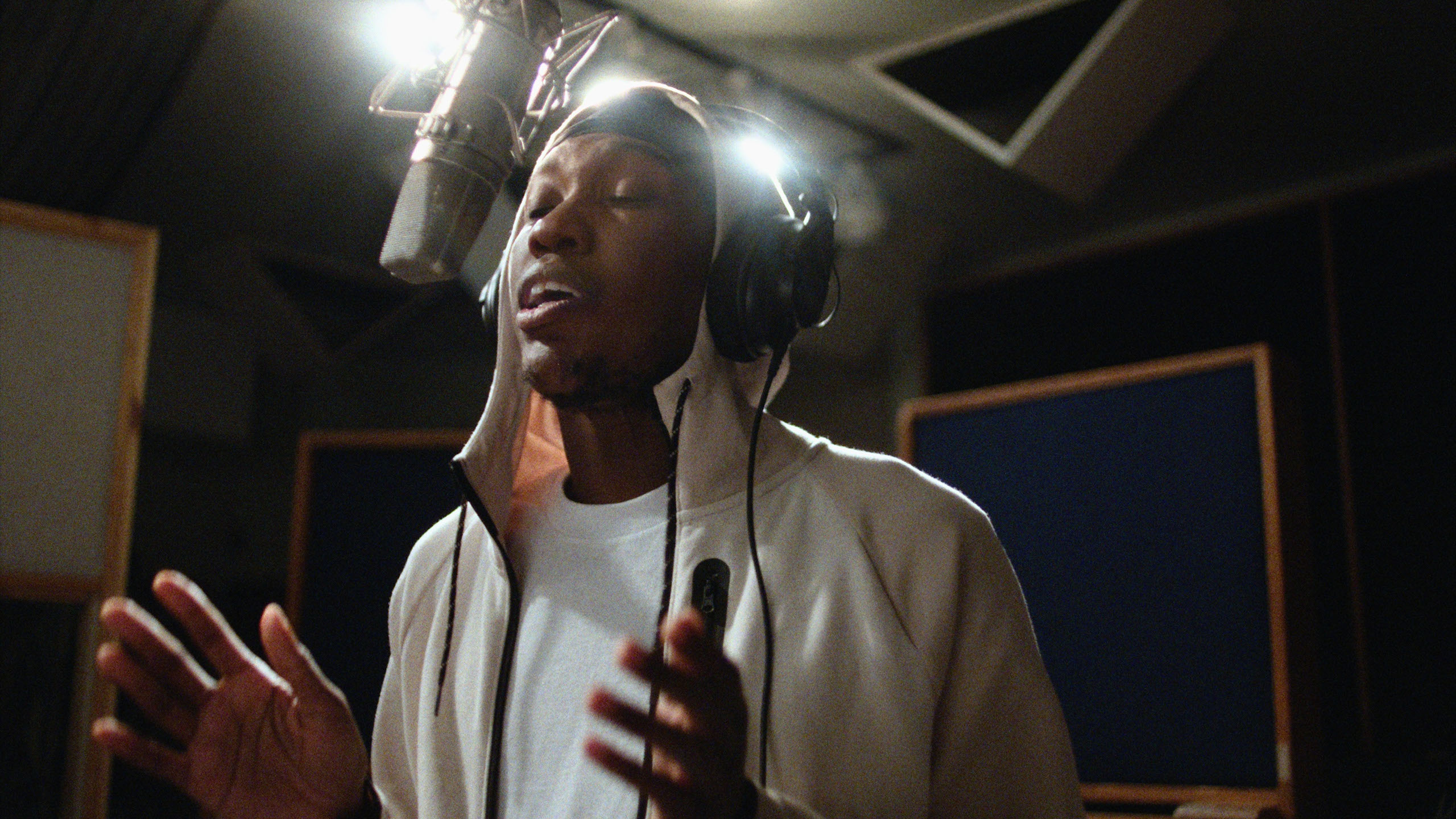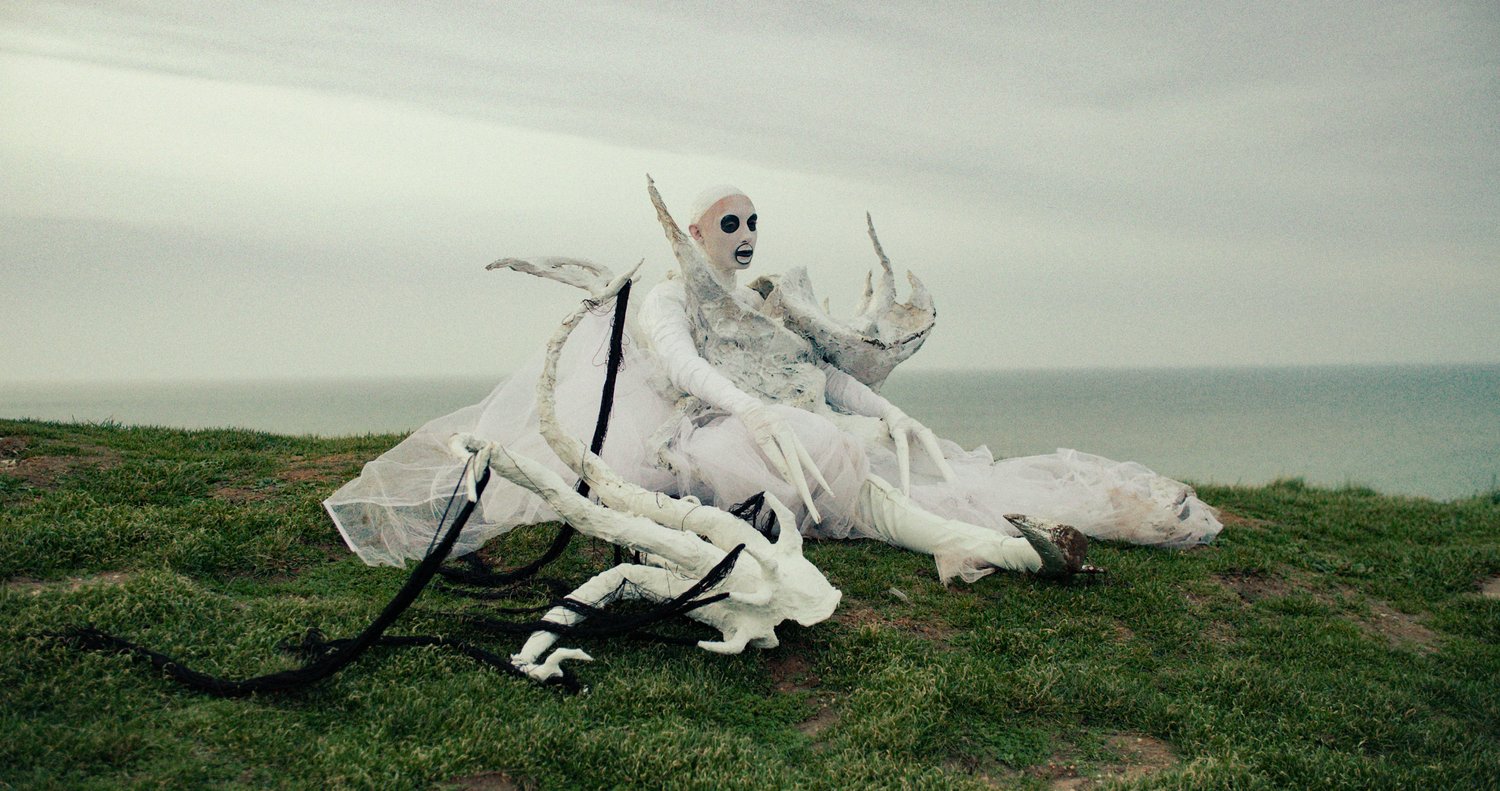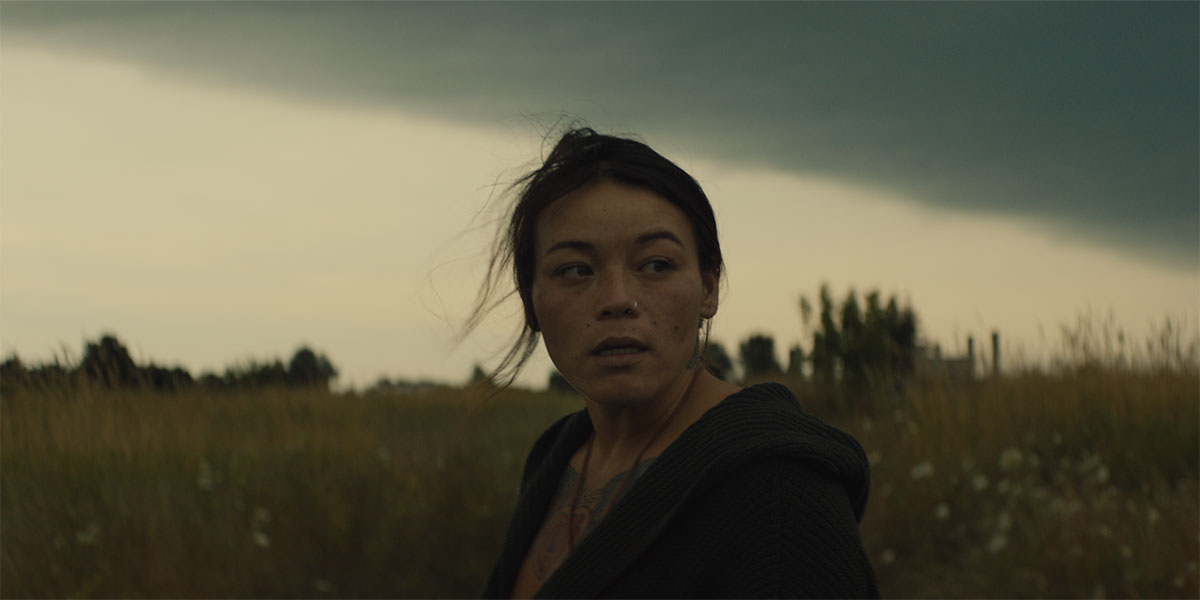As We Speak: Rap Music on Trial
(USA, 95 min.)
Dir. J.M. Harper
Programme: U.S. Documentary Competition (World Premiere)
Johnny Cash sang that he shot a man in Reno just to see him die. Freddie Mercury told his mother in detail about blowing another man’s head off. Neither artist did time for his crimes. But As We Speak: Rap Music on Trial reminds audiences by using these two examples, Johnny Cash and Queen weren’t rappers. They’re weren’t Black artists. In their cases, and with countless tunes released by other pop stars, rock bands, and country singers, music is simply music. In the hands of overzealous prosecutors, though, a rap song offers confessional verses. Art and life are one of the same.
The documentary As We Speak explores a concerning—and frankly bizarre—movement in the U.S. justice system in which rap lyrics serve as evidence of crimes. It’s a ludicrous practice, especially if one considers that last year’s Palme d’Or winner Anatomy of Fall has audiences hooked with its did-she-or-didn’t-she take drama about an author (Sandra Hüller) whose books serve as evidence to suggest that she killed her husband. That one is satire and one is reality speaks volumes about the racially-targeted nature of the practice that As We Speak interrogates.
New York Hip-Hop artist Kemba serves as the guide to the story. He meets with fellow artists and speaks with them about their experiences and their creative processes. For many of the voices he counters, rap offers an outlet for self-expression. As with every other art form, it’s a vehicle for people to give voice to the realities they see delay. But there’s a difference between seeing and acting, a difference between singing and doing, that prosecutors can’t grasp.
Meeting the Artists
For example, Kemba sits down with Killer Mike in a greasy spoon to discuss his activism, but also his work. “Rap validated that I wasn’t insane,” he tells Kemba. The artist dives right into the social issues that brought the criminal activity he witnessed as a young man, seeing Black teens take to the streets for work. He explains that rappers were the only people who observed and articulated this fact. But he’s also pretty quick to note that his moniker Killer Mike speaks more to his deadliness in a rap battle than to his skill with a bullet and a bulls-eye. The criminalization of rap, he explains, isn’t new. It’s a product of systemic racism and white conservatism.
Slave songs were a way of “secret communication,” Kemba notes in voiceover. The doc charts the evolution of songs of liberty, verses that articulate dreams of freedom, and the resistance slaves encountered while dropping beats. As American society supposedly progressed, and slave songs evolved to blues, jazz, and hip-hop, the state came down hard against “devil’s music” just as slave owners did. But the sounds, Kemba adds, could not be stopped as soul music exploded and Black pride overtook the airwaves.
At the same time, a montage illustrates the backlash and rise of conservatism, particularly in the 1980s and early ’90s. Rap and hip-hop hit the mainstream and become accessible in stores and portable players. Cue parental advisories, some debates on Oprah, and charges of obscenity. Censorship cases offer precedents to criminal ones.
A Personable Approach
Moreover, the artists with whom Kemba discusses the situation all start with their origin stories. As We Speak salutes how poets are the world’s unacknowledged legislators. Speaking with beats simply adds another pulse to the message. However, without truly understanding the context in which songs are produced, an ignorant prosecutor with bad taste in music can bend rap lyrics to interpret them as he pleases.
Director J.M. Harper and Kemba take a casual approach that draws out the meat of the stories in an accessible manner, but, unfortunately, often feels lacking in a doc about artists. The interview settings, while refreshingly against-the-grain of overly composed studio chats, invite distractions. The conversation with Killer Mike gets especially butchered with some awkward continuity editing and disruptive extras. Harper frames a shot of Kemba over the table of a fellow diner. That diner simply pushes his food around his plate like an extra in a micro-budget Canadian movie. Plates on his table come and go, markers of a conversation played out across courses but served in a linear fashion. All the while, the extra plays with his cutlery and mashes his food some more while Kemba and Killer Mike chat in the background. It’s a petty grievance, but one that practically derails a scene that establishes the conversation.
Mac’s Story
Alternatively, the stakes of the case become resoundingly clear when Kemba meets with Mac Phipps. The New Orleans rapper tells Kemba how he received a 30-year sentence for manslaughter, and served 20 years before going on parole, without a shred of evidence against him besides his lyrics. He shares how the prosecution cherry-picked parts of his song “Murda, Murda, Kill, Kill” as character evidence. Later, the doc tackles the problematic nature of character evidence that allows prosecutors to game the system.
Harper, an editor on docs like Jeen-yuhs: A Kanye Trilogy and former Sundance winner Don’t Go Tellin’ Your Momma, situates the art-as-evidence case into a wider interrogation of the justice system. The film considers overzealous prosecutors and their need to please constituents to ensure re-election. In cases like those discussed in this doc, that practice may involve leaning into stereotypes, a culture of fear, readily available “evidence,” and creative license.
Tackling the System
The film also explores how the justice system is stacked against Black defendants. One intriguing talking heads sequence describes Dr. Adam Dunbar’s study that asked participants to rate the personality of a singer based on the lyrics of a song. In different cases, though, Dunbar framed a folk song as country, rap, or heavy metal. He explains how respondents were more likely to take the lyrics as literal proof of the musician’s character if they thought the words were from a rap song. And that they were more likely consider the artist a criminal or gang member based on the lyrics and genre.
Harper then takes a cue from Dr. Dunbar’s case. As We Speak changes the generic frame between conventional documentary and Law & Order procedural. Kemba becomes a defendant in his own trial. Like many defendants before him, he can’t afford a high priced lawyer and has a public defender. He also lands in a room with an all-white jury, a white judge, and a white prosecutor. The latter stumbles through his lyrics, and reads aloud the words of Kemba’s text messages. Context changes and slang words read literally. He paints a sharp indictment using words as evidence of crimes past, present, or future.
As We Speak challenges the oft-peddled verse that words can never hurt us. The film crafts a compelling study of the fight for freedom of artistic expression, using a convincing stack of evidence: precedents, witnesses, and certifiable facts. One hopes the prosecutors are taking some notes.












